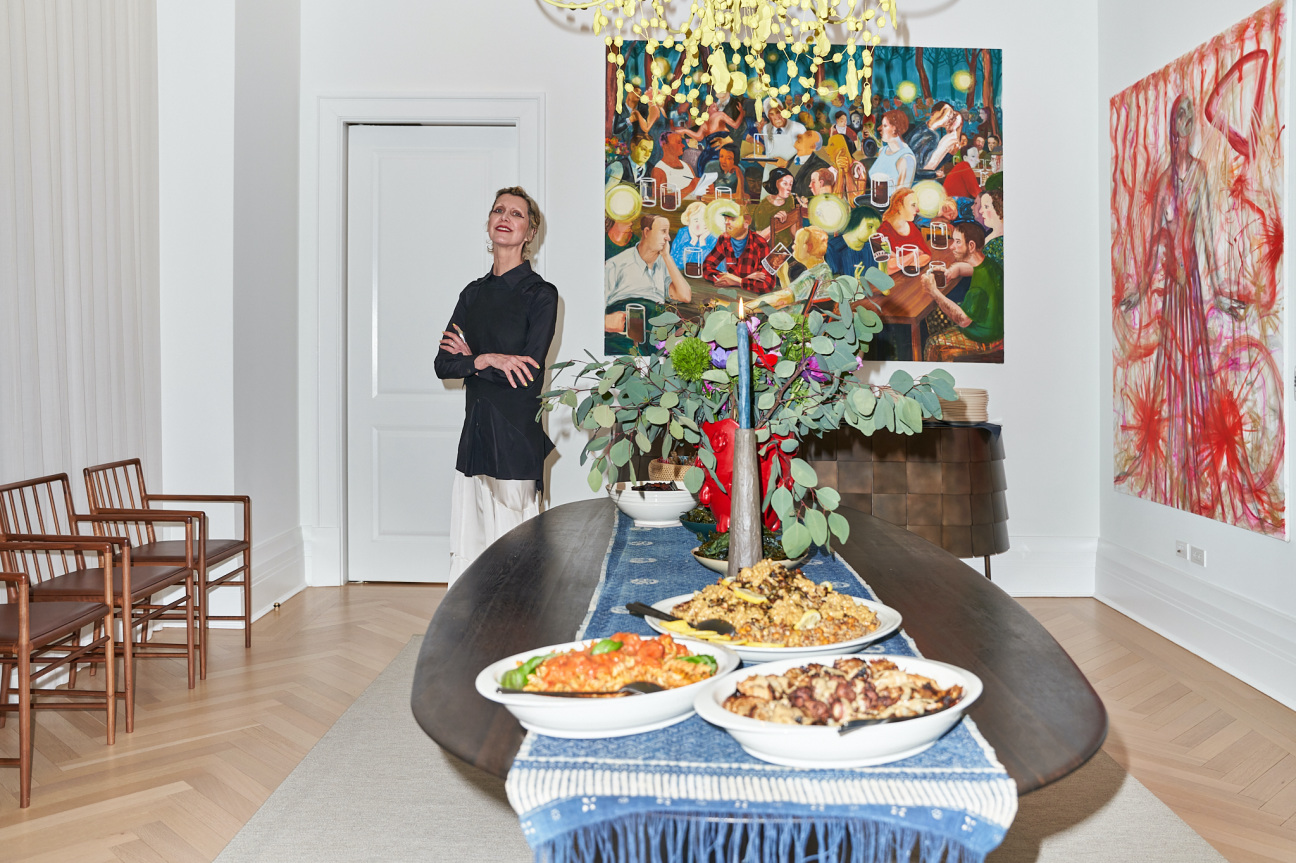
It's been over two decades since Valeria Napoleone began curating her remarkable art collection and to this day, she has yet to break one strict, self-imposed rule for her personal acquisitions. Undeterred by eye rolls and skepticism from a once male-dominated art world, Napoleone committed from the onset to exclusively collecting works by women artists. With pieces by Ghada Amer, Lisa Yuskavage, and Margherita Manzelli, Napoleone carefully selects what surprises her, and those who visit her London home.
The Valeria Napoleone XX initiative is at the heart of her contributions to the larger art scene. Launched to amplify female representation within institutional spaces, the project partners with the Institute of Arts in New York, SculptureCenter, and the Contemporary Arts Society in London. Here, she discusses the piece that first gave her the collecting bug, the initial hurdles she overcame in pursuing such a singular vision, and her genuine commitment to the artists she patronizes.
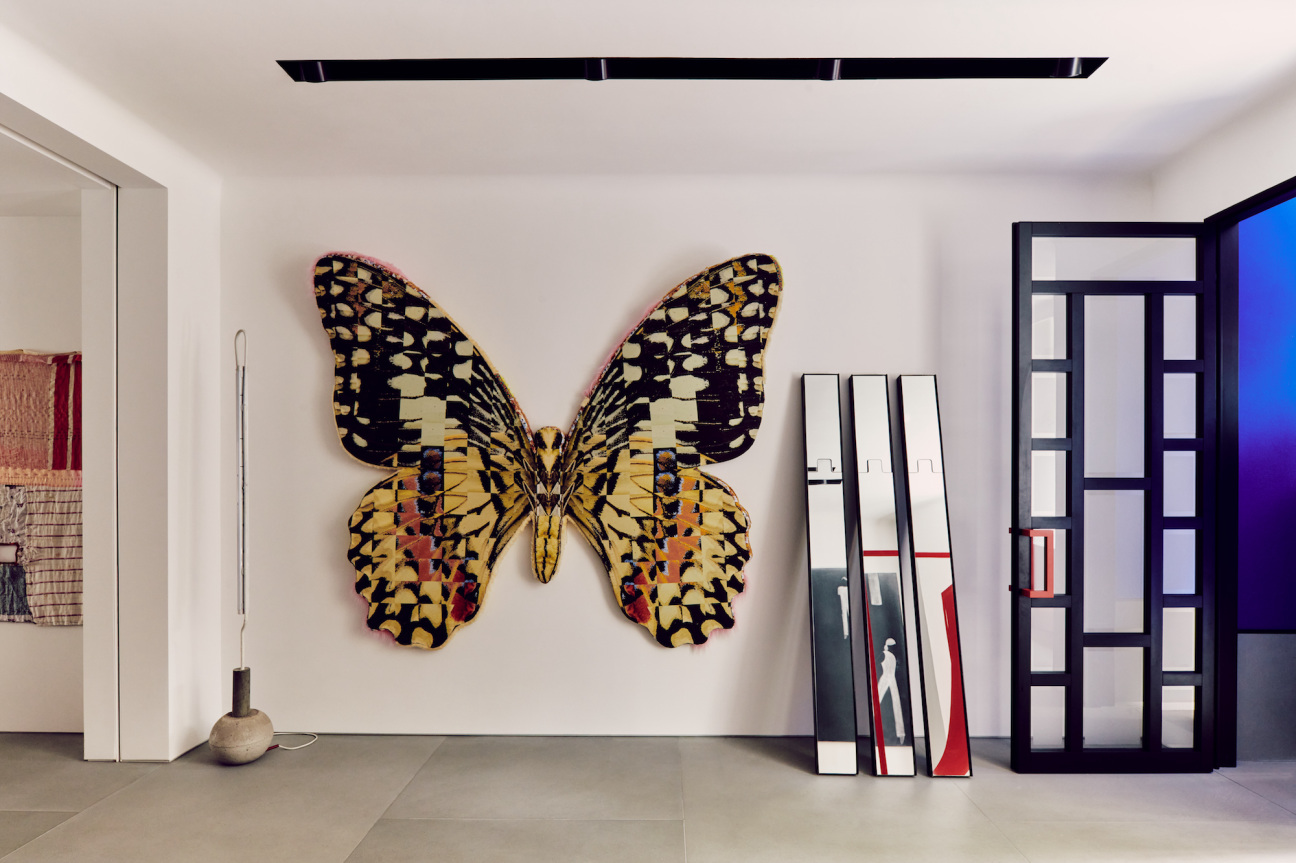
When you started collecting, what was the first piece you saw that changed everything? How did it all begin?
It was in 1997 in New York, and I had just finished my gallery administration masters at FIT. For those two years, I didn't buy anything; I just listened and learned about contemporary art and thought about what position I wanted to take in the art world. The first piece I bought was by an artist called Carol Shadford from a place in Williamsburg called Pierogi. It was a black-and-white photograph of soap bubbles, and inside the bubbles, you could see a woman's face. From the very first piece, I set myself to create a collection of only female artists.
What initially inspired you to focus exclusively on the works of female artists?
It was a combination. I'm a feminist, and I couldn't understand why so much talent was being sidelined because of gender. We were in the mid-'90s, so artists like Cindy Sherman and Barbara Kruger were coming to prominence and proposing a new language that excited me. It was a moment when many incredibly talented women were starting to be seen, so I wanted to create a choir of voices that had been silenced since the beginning. The most important aspect of my collection is that I feel incredibly taken by the artists' work, and it just happens to be that they are women, not primarily for political reasons. Then, of course, my feminist ideas and beliefs came into play.
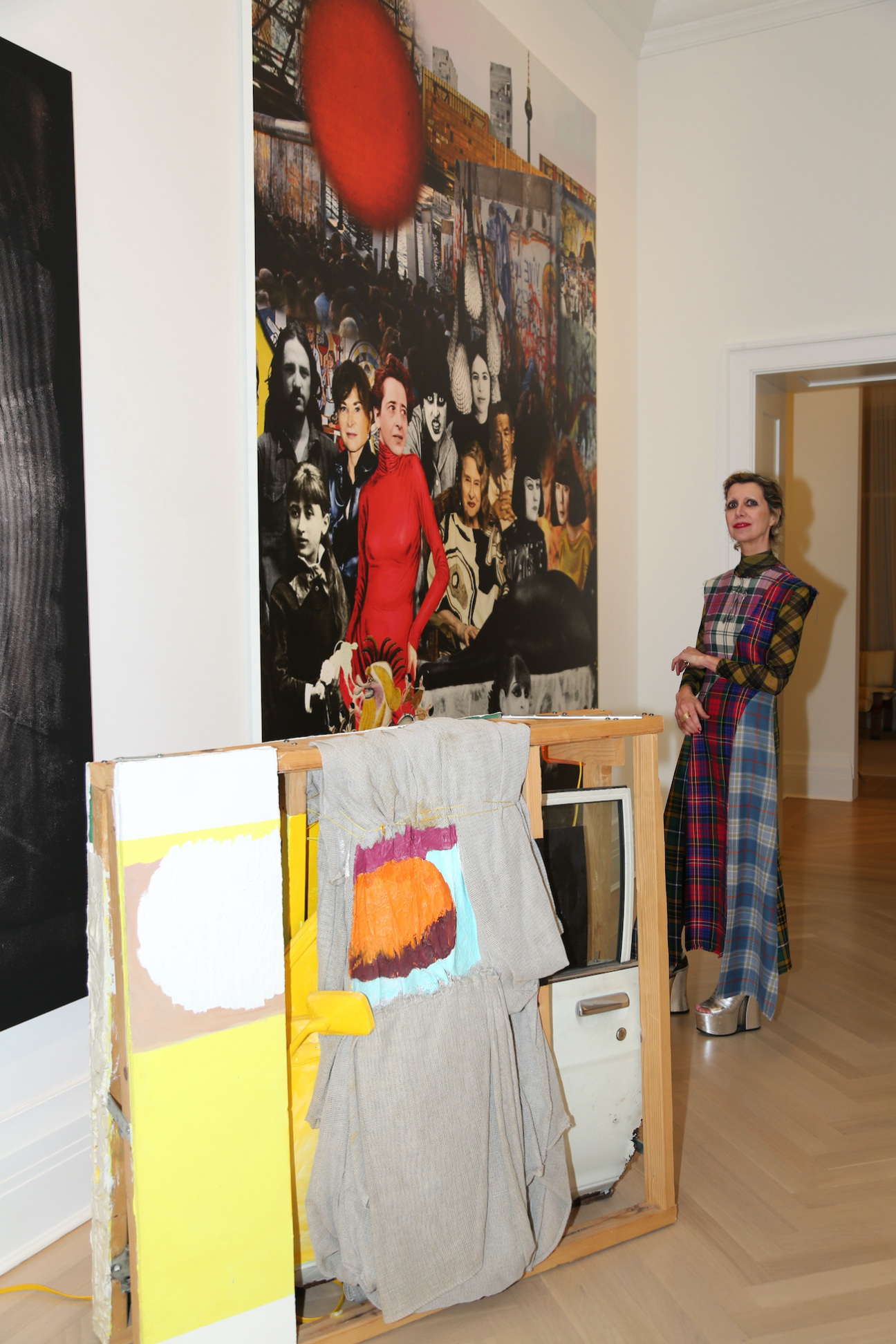
In the process of building your collection, can you discuss any challenges that you faced?
People did not understand what I was doing, but I never tried to change anybody's mind. I received the most outrageous and stupid comments questioning my reasoning, but I never minded being alone in my journey. Actually, I found it really exciting to be the only one doing something different. Within the art world, there were quite a few male-dominated galleries who would roll their eyes at me. Now, female artists are the center of attention, and I remember who didn't support me. I forgive, but I don't forget. I was starting my own exciting journey of discovery, my own path, and speaking my brain, not concerned about other people.
Can you tell us about your philanthropy work through Valeria Napoleone XX?
I started Valeria Napoleone XX in 2015 as an umbrella platform of initiatives in support of female artists' representation in institutions. XX stands for female chromosome and also partnership. With the Institute of Fine Arts at NYU in New York, XX funds two solo exhibitions a year by female artists, while XX with the Contemporary Art Society in London funds the acquisition and donation of a major piece by a female artist to a regional museum every year. With the SculptureCenter, it underwrites the production of a major commission to a female artist on the occasion of her solo exhibition in the gallery every 12 to 18 months. I would like to think that my continuous support and engagement have inspired the community around me.
Can you elaborate on how you select museums and galleries for collaborations and partnerships?
I have a very old-fashioned, romantic view of art, which has served me well. Building a meaningful collection in five years is impossible just because you have the money, not even in 10 years. You also cannot build one alone, so fostering meaningful relationships is very important. My partners are like-minded people who share my ethics: authentic and dedicated and not market-driven, which there is very little of nowadays. Usually, smaller institutions fit this description. I don't want to be part of the huge bureaucratic system where you end up being a walking checkbook. Smaller institutions also create the talent of the future by providing artists with opportunities and spaces to experiment.
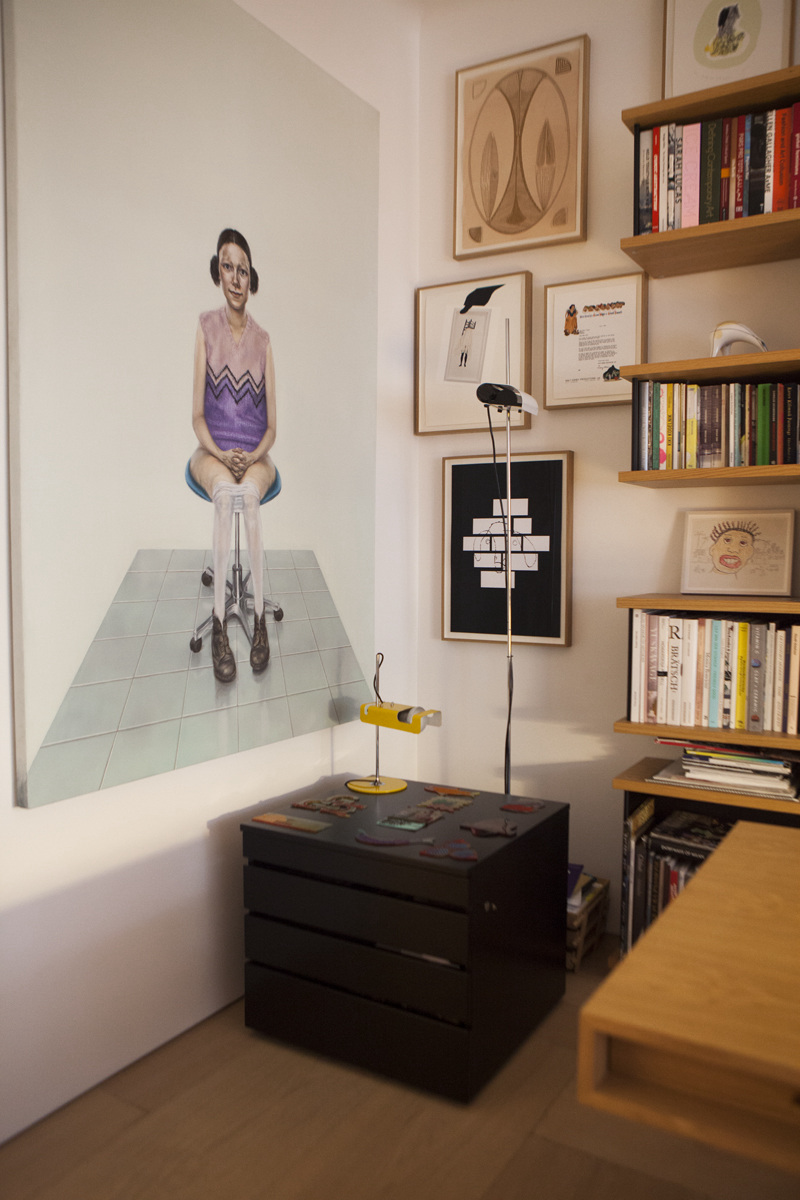
Within your collection, are there any artists that hold particular personal significance?
Margherita Manzelli is one of the first and most influential artists to enter my collection, going back to 1997. The first piece I saw of hers was in an exhibition in Soho called "Three Women Show," and her work stayed with me. After nearly 30 years, I'm still obsessed with her art, and I believe she is one of the most talented voices of her generation. Ghada Amer is another artist I grew with; she grew as an artist while I grew as a collector. Lisa Yuskavage, as well. These women are like family pictures that remind you of your childhood, but in this situation, they remind me of my discovery of collecting contemporary art, which changed my life.
It must be incredible to watch these artists grow.
Absolutely. The most exciting part is to see artists develop in incredible directions. I'm not talking about prices, but watching them become ambitious and relevant, looked at and considered. This is why I like to support artists when nobody is looking or engaging—my support's impact is beyond anything.
Could you describe your process for discovering and engaging with emerging artists?
I'm a very adventurous and curious person; I do my homework, I go to galleries, I do studio visits, and I do all the research myself, which can take years. I could never give this part of collecting to someone else. There are a lot of people who hire consultants, but I have the time, I have the interest, I have the drive, and I have the passion for it. Studio visits are the most important step. To me, there is no distinction between the person and the work—if I don't connect with the artist, it's a sign. Then I read, see previous work, and sometimes wait to see other shows before buying a piece. The market is fast, but I say, "I need my time," I'm never being pushed, and I never buy what's hot and trendy. Actually, I shy away from that.
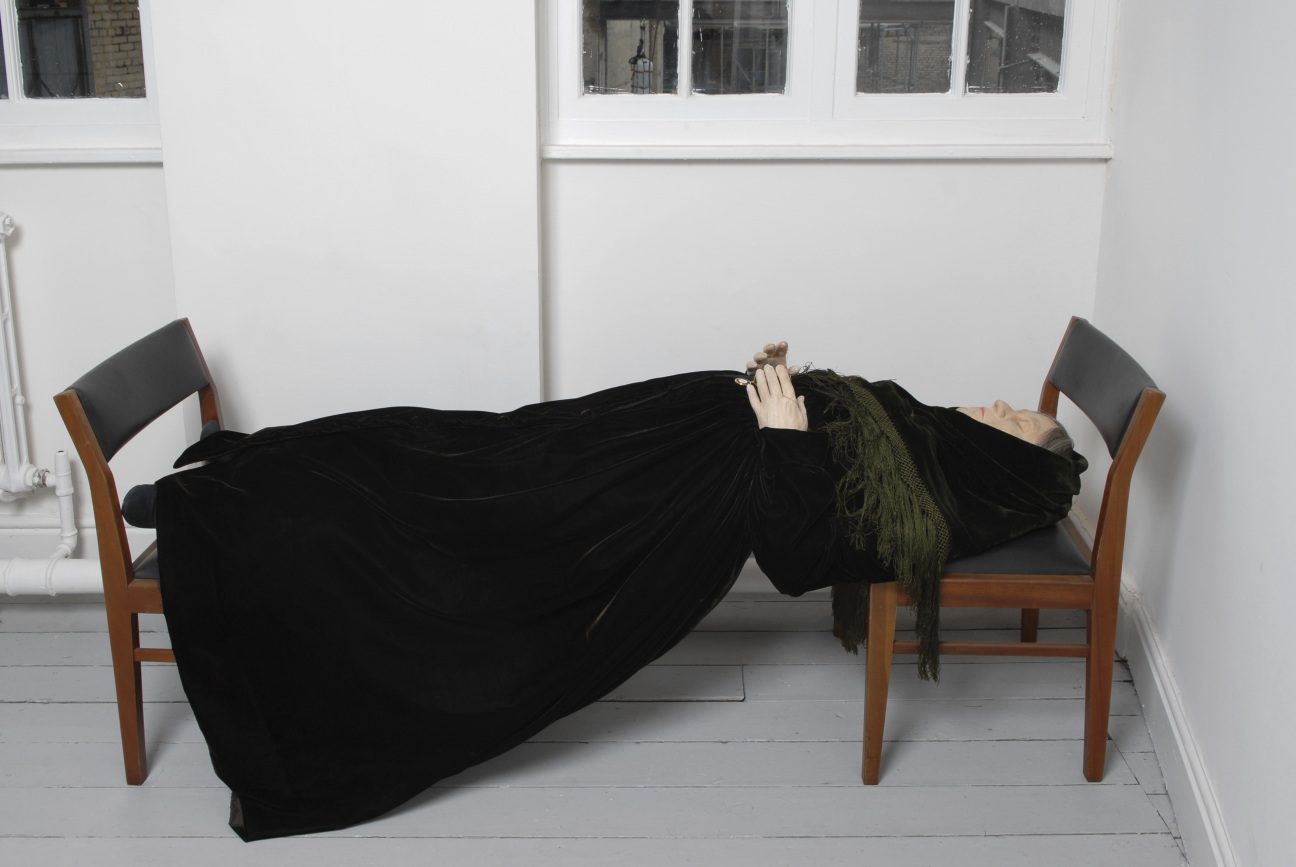
Is there a particular piece of art in your house that sparks conversation?
One that has provoked a lot of conversation is a beautiful nude Lisa Yuskavage painting simply because of the fact that there's a naked woman with voluptuous breasts above the sofa. It's very in your face, so there were a lot of reactions, from my kids giggling about it when they were little to friends' husbands staring to my in-laws suggesting I put the piece into storage.
There is also a sculpture by Goshka Macuga of a life-size Madame Blavatsky carved in wood, leaning on two chairs, almost levitating, and it looks like a dead body. I placed the sculpture at the entrance of my house, and one time, a father came to collect his kid from a playdate. I opened the door, and he looked at it and couldn’t understand what it was. I looked at him and said, "Oh yeah, don't worry, we are paying respects to my grandmother." He believed me, and his face said it all. That was hilarious.
Are there any upcoming artists that you're're excited about?
Kate Mosher Hall is a very young artist who just opened a show in Los Angeles; Frieda Toranzo Jaeger from Mexico, who will be included in the Venice Biennale this year; Jennifer Bolande; and countless others.










 in your life?
in your life?

